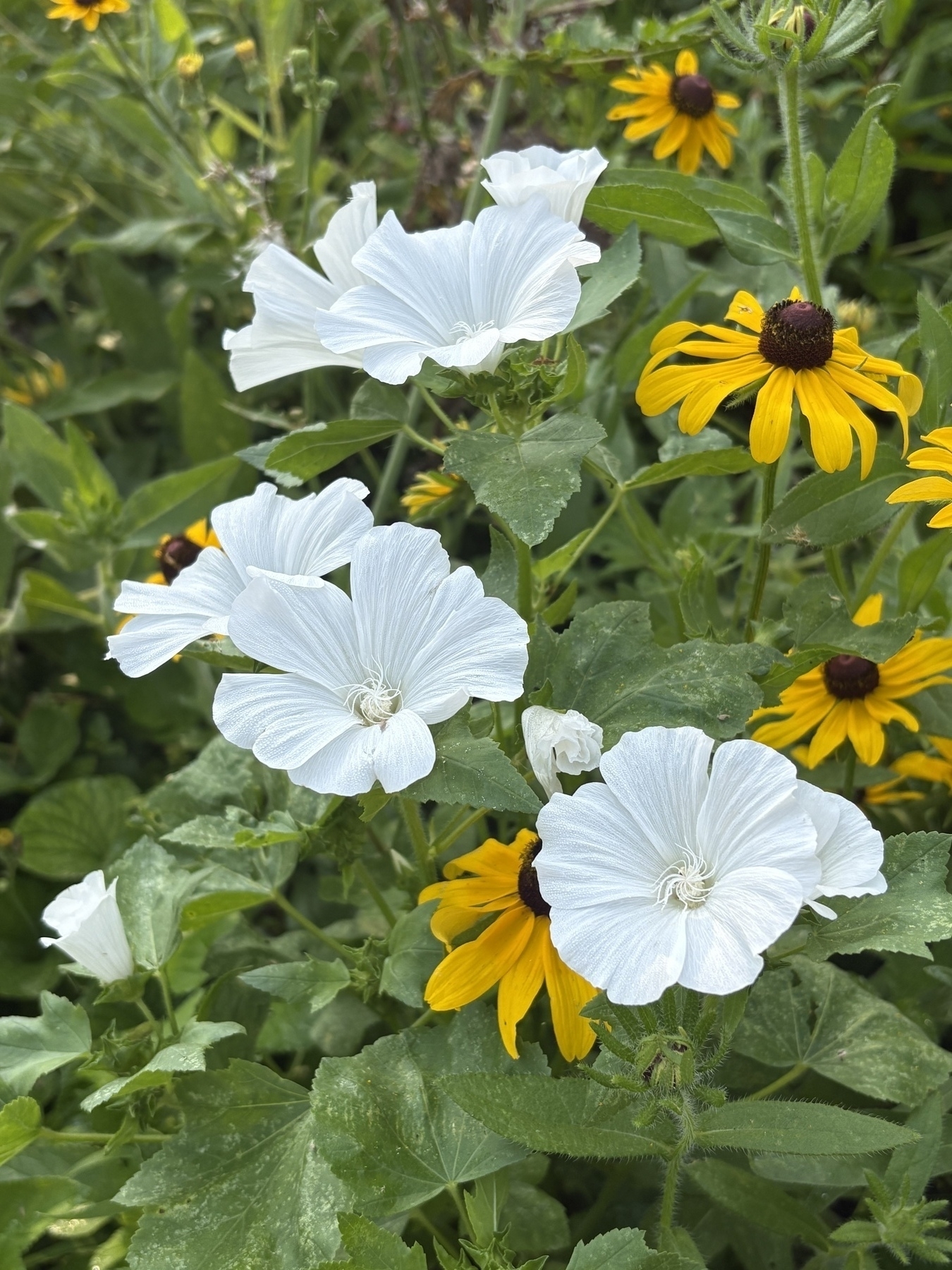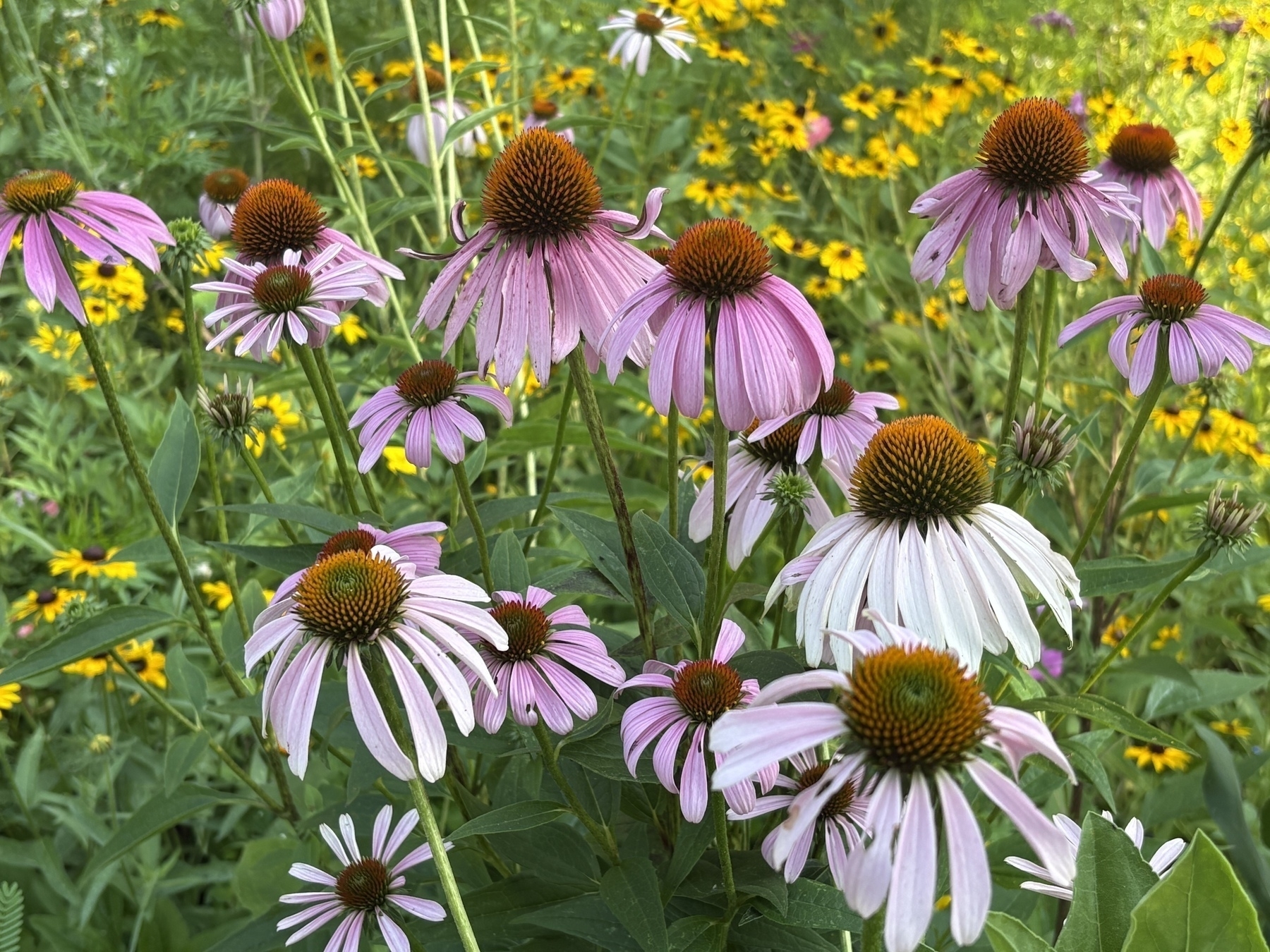Regarding this headline, the next time it crosses my mind that I might subscribe to the Atlantic, I will remember that I cannot possibly do so, because I am literally nobody.
Today in Wild Raleigh:
- A coyote ran across the greenway not twenty paces in front of me and yapped hoarsely from the brush until I’d passed.
- On a pond, three adult Canada Geese bullied four juvenile mallard ducks out of their way, making one paddle a wide hurried circle around them to rejoin his siblings.
- Walking out front at dusk I disturbed a rabbit with three babies in my front yard. The mother immediately hopped ten feet away to draw my attention away from the babies.
- My dogs slept all day on the couch.
Look what arrived in the mail just now!

Times like this I find myself asking… What would Hayduke do?
I don’t know what is going in over at social.lol / omg.lol and don’t care to, but I have picked up enough to confirm my opinion of people who choose silly names for (supposedly) serious products.
All weather forecasts should come with margins of error. E.g. 89± 5°F.
Morning flowers: Some kind of mallow, and bees enjoying the coneflowers (when I’m not in their way taking pictures).


Heard a chirp at my window ledge just now, looked up and saw that the feeder was empty and a house finch was sitting on the power line. I am fairly certain she was trying to get my attention, as there was nothing else around to chirp at, and as soon as I’d refilled the feeder and it stopped swinging she was back and munching away. I guess this means someone’s at least half domesticated, but I’m not sure who.
And here’s the green heron, inspired by walks along Crabtree Creek. The frame colors are meant to evoke the plumage: red undercoat for the breast feathers, dark blue-green for the wings. I enjoyed this carving!

That Miami has a professional hockey team is as good a symbol as any of the absurdity of 21st century global culture. If Miami Vice were made today, would they replace the jai alai in the opening credits with hockey? Go outside and play, boys.